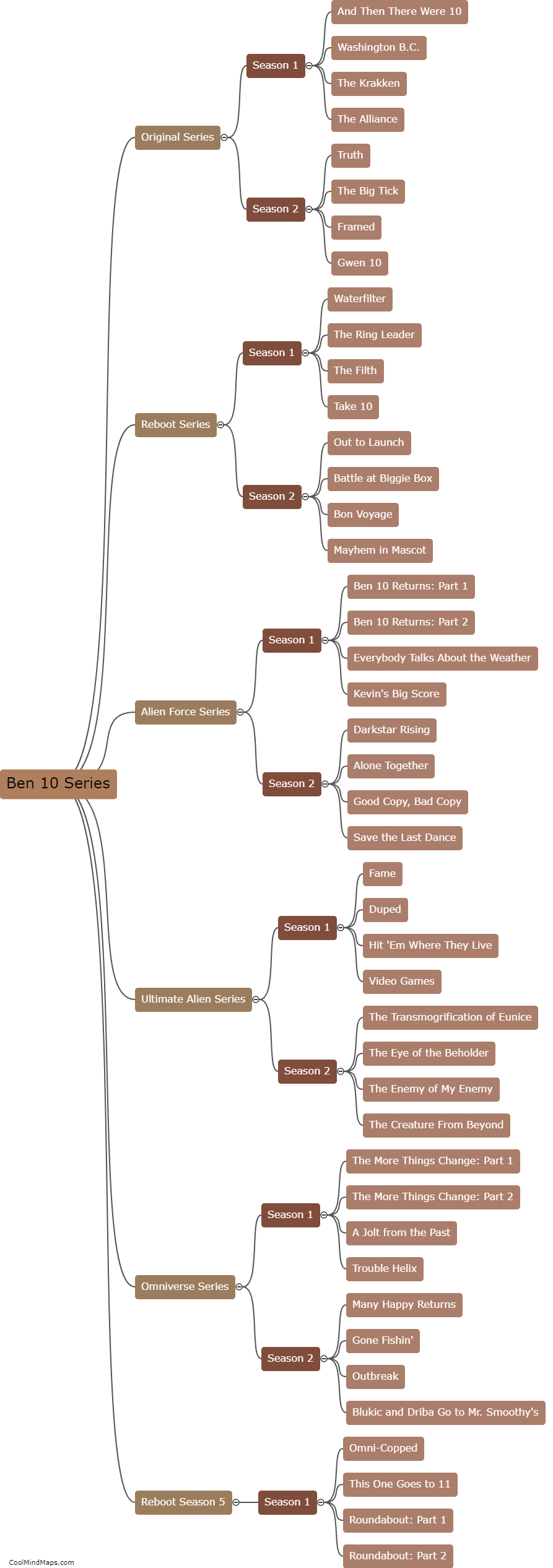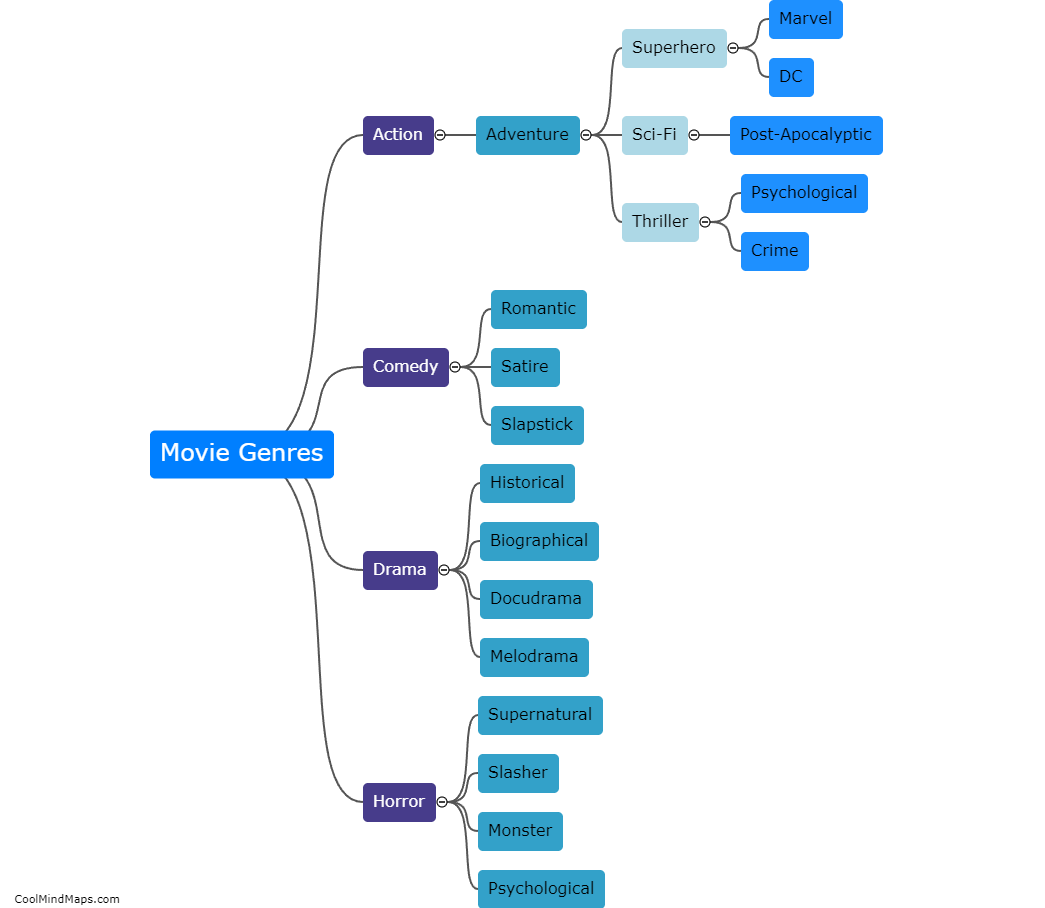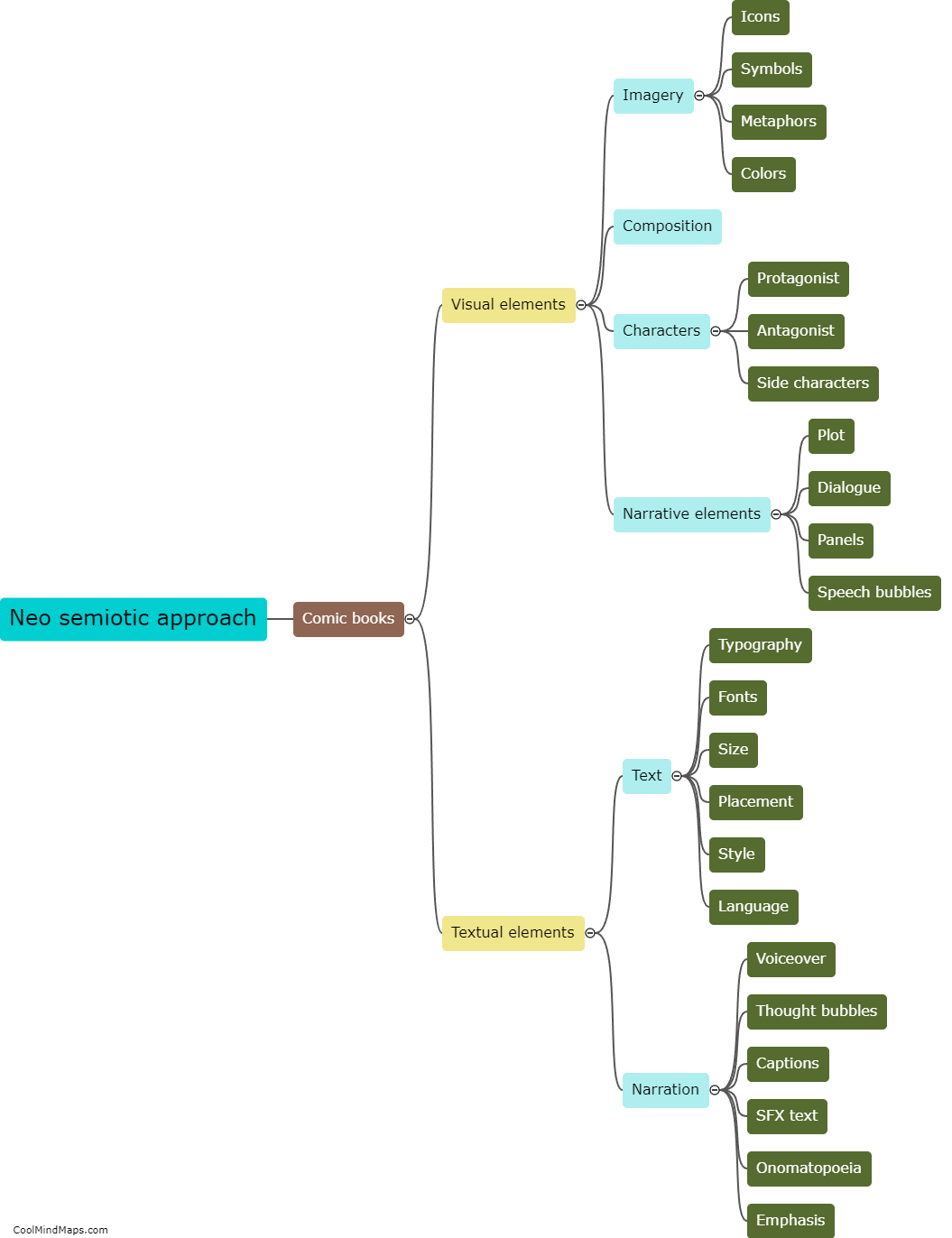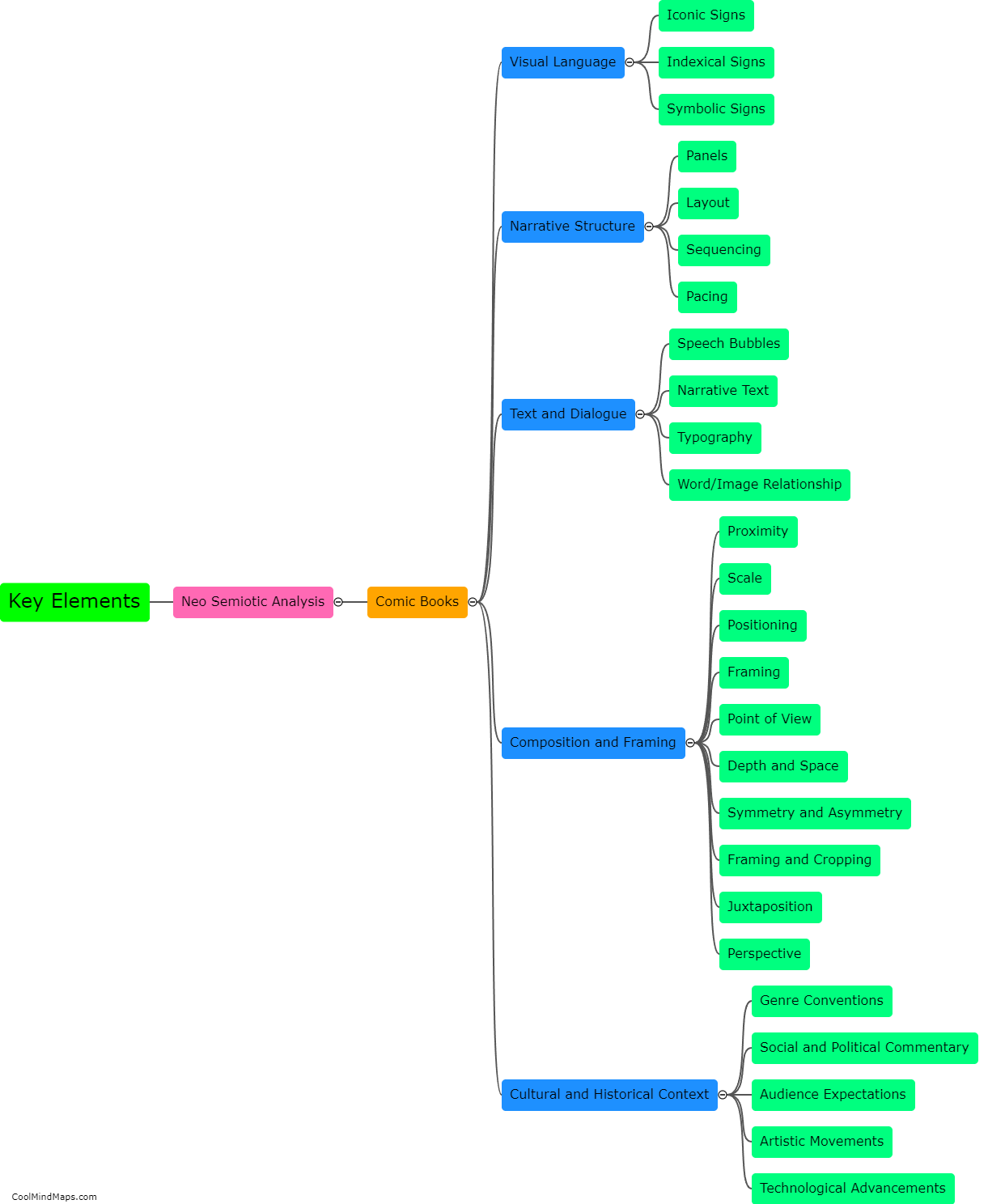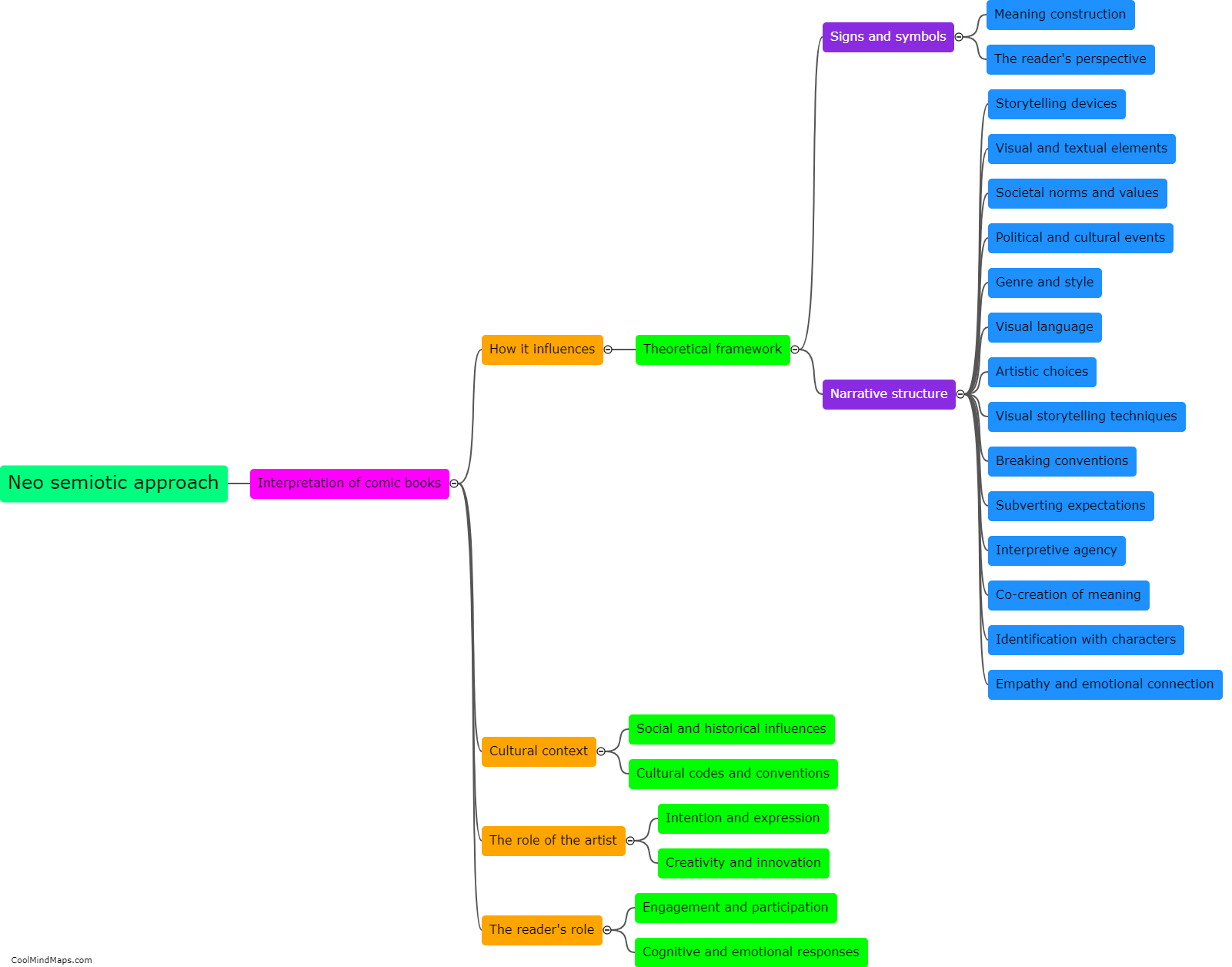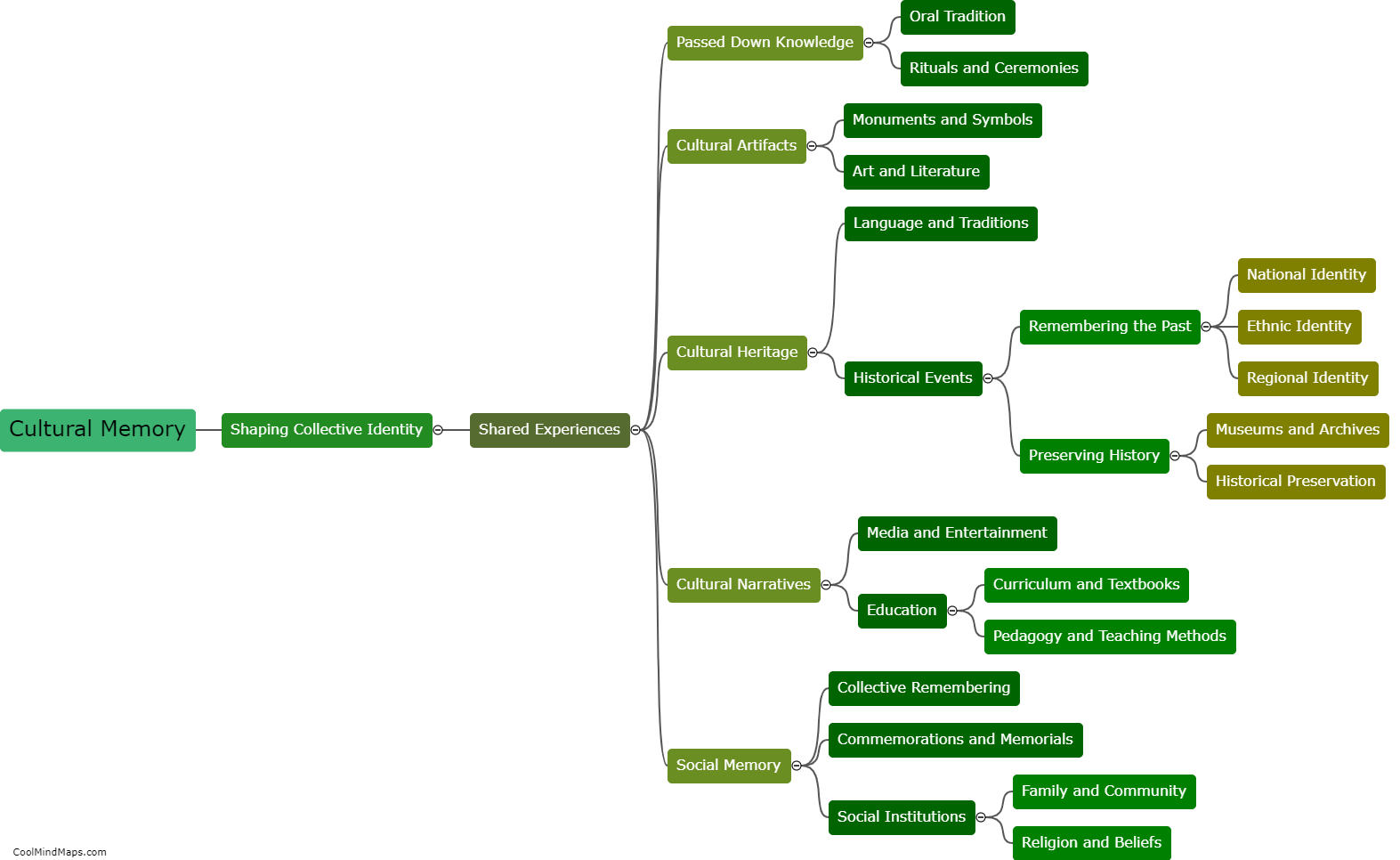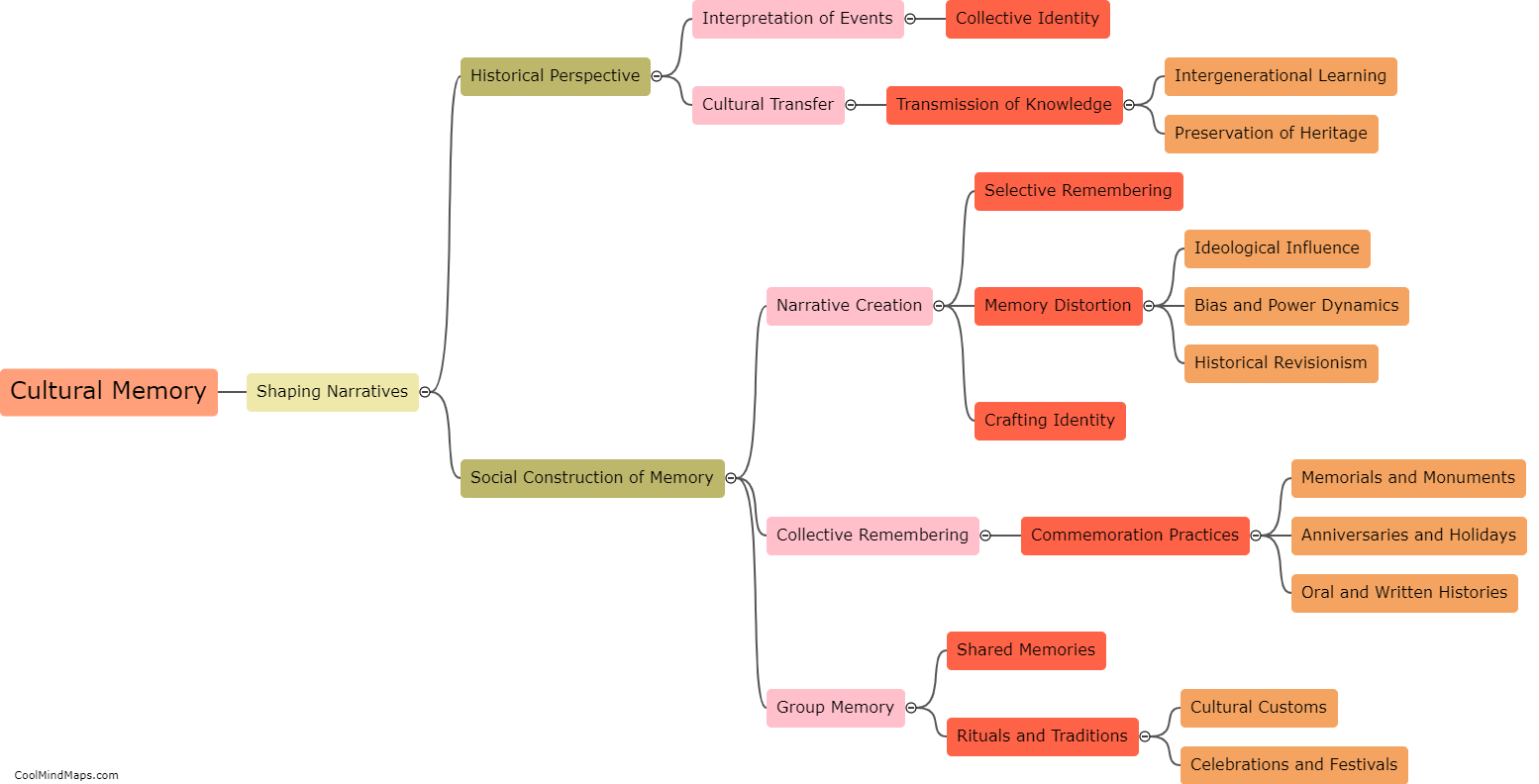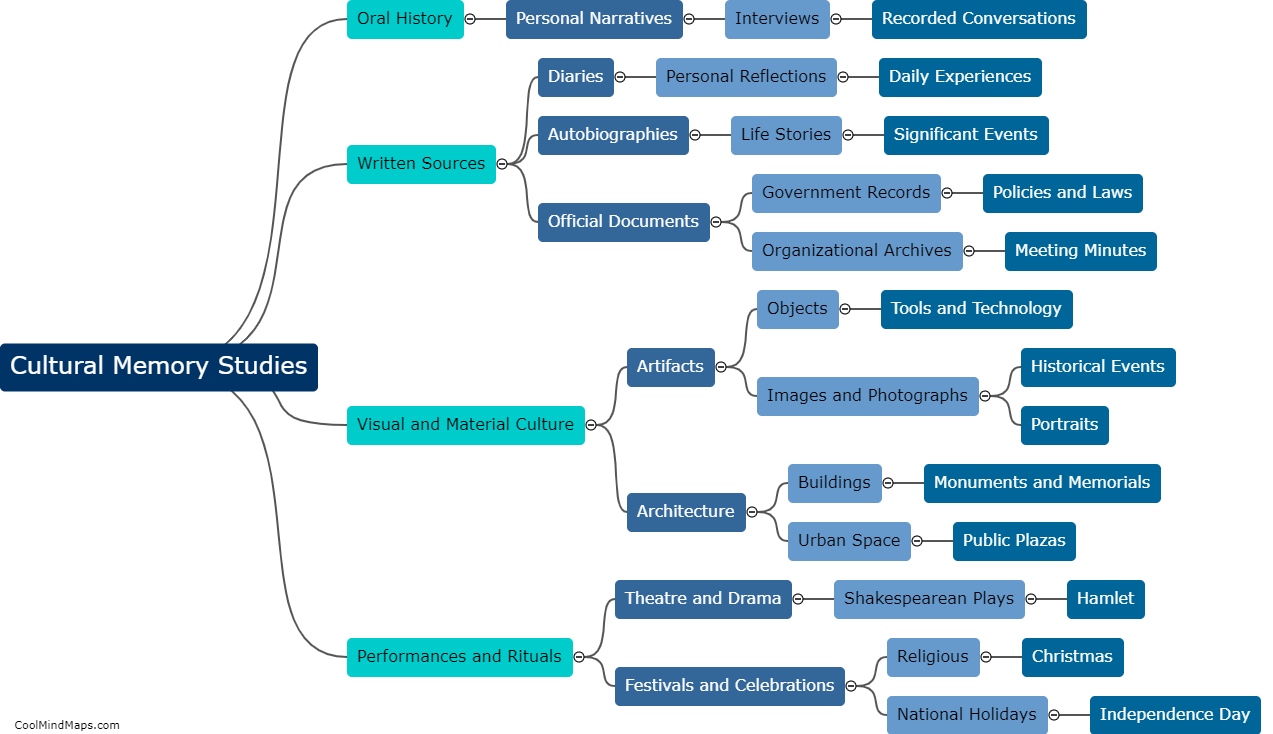What are the main branches of cultural memory studies?
Cultural memory studies is an interdisciplinary field that explores how societies remember and commemorate their past. It encompasses a wide range of disciplines and approaches, but there are several main branches that form its foundation. The first branch is historical memory, which focuses on how societies construct narratives and interpretations of historical events. This involves examining the role of collective memory, official commemorations, and the ways in which historical figures and events are remembered. The second branch is trauma and memory, which explores how societies and individuals remember and cope with traumatic events, such as war, genocide, or political repression. This branch investigates the long-term effects of collective trauma and the ways in which it is remembered and memorialized. The third branch is cultural heritage and memory, which studies the preservation and representation of cultural artifacts, traditions, and practices. This branch explores museums, archives, cultural institutions, and the role they play in shaping collective memory. Overall, these branches of cultural memory studies provide a comprehensive understanding of how societies remember, interpret, and transmit their past.

This mind map was published on 23 October 2023 and has been viewed 45 times.

